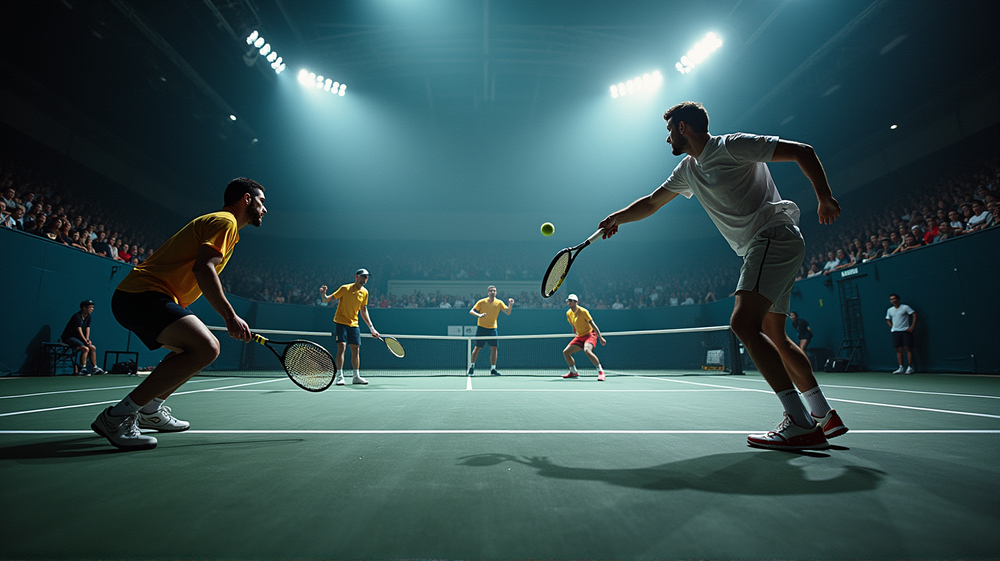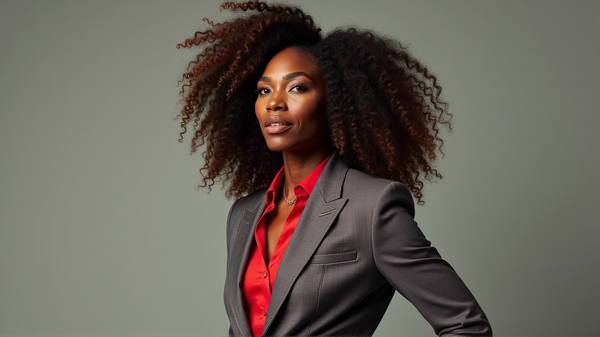Uproar as U.S. Open Invites Singles Stars to Revamped Doubles
In a twist that has set tennis enthusiasts abuzz, the U.S. Open has introduced a major shake-up to its mixed doubles format, drawing both criticism and intrigue. For the first time, illustrious singles champions will grace the doubles court, vying for a staggering $1 million prize—a fivefold increase from the previous year. As such, Grand Slam luminaries, including Jannik Sinner and Madison Keys, are stepping into a domain traditionally ruled by doubles specialists, igniting a heated debate among players and fans alike.
The Role of Singles Stars in Mixed Doubles
Grand Slam singles champions such as Carlos Alcaraz and Iga Swiatek are now in the spotlight, stirred by the allure of the revamped U.S. Open mixed doubles tournament. Joe Salisbury, a prominent doubles figure, bluntly termed the event a “two-day exhibition,” underscoring the sentiment that this format shift undermines the traditional essence of doubles tennis. Conversely, tournament director Stacey Allaster passionately contends that the changes are intended to elevate tennis’ profile and invite a broader audience, vowing that “this is a Grand Slam championship” and not an ephemeral exhibition.
An Unprecedented Format: New Rules, New Tension
The overhaul doesn’t just stop at player composition. The introduction of sets played to four games, no-Ad scoring, and match tiebreakers substantially quickens the tempo of the game. With the draw slashed from 32 teams to 16, and pairings informed by singles rankings rather than doubles, many traditionalists see this as sidelining doubles virtuosos for marketable faces. According to Fortune, these reforms aim to position tennis in front of a wider audience but risk alienating its core proponents in the process.
Digging Deeper: A Test of Waters or Crumbling Walls?
As singles notables like Taylor Fritz and Frances Tiafoe exclaim their excitement over the enhanced payday, double specialists such as Sara Errani question the ethical grounding of such moves. “It’s dishonest,” laments Errani, likening the change to having basketball players compete in Olympic high jump events. Her analogy captures the prevailing concern that such shifts might erode the foundational integrity of professional doubles tennis, despite the allure of massive payouts enticing top names to participate.
The Ripple Effects: A Future of Tennis Redesigned?
The new format’s impact extends beyond immediate turmoil, raising crucial queries about the sport’s evolution. Are these modifications a tactical maneuver to bolster tennis’ mass appeal, ensuring astronomical stars breathe new life into doubles matches? Or does it mark a departure from time-honored practices cherished by purists? Despite the factional outcry, players like Novak Djokovic poised to take the court for this novel challenge hint at an intriguing development likely to enthrall audiences globally.
Conclusion: Tennis at a Crossroads
With varied opinions circulating over the U.S. Open’s new path, the world watches eagerly to see whether fusion or fission defines the future of doubles tennis. As critics voice skepticism about diminishing distinctions between singles and doubles success, the on-court play might ultimately determine if this pioneering step was a stroke of genius—or folly. The coming days will be pivotal in deciding if this transformation endures to become a recurring fixture or, alternatively, a fleeting chapter in tennis lore.




